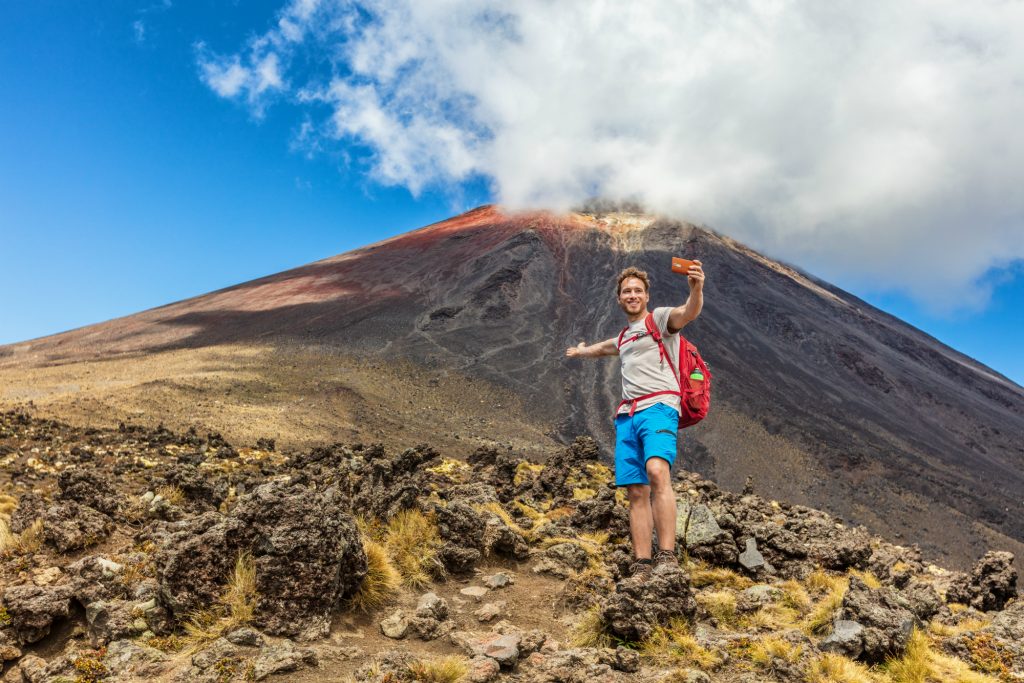With the proliferation and reach of social media, destinations can no longer rely on archaic media marketing tactics to disseminate awareness and information. Yesterday’s television advertisements have been replaced by Instagram stories and YouTube videos, and those coveted celebrity endorsements are often better delivered by appropriately named “influencers.”
With tens of thousands (and sometimes even millions) of followers, influencers are essentially small, niche-focused content agencies. Forward-thinking destination marketing organizations (DMOs) are actively developing partnerships with travel influencers to ensure their content is being seen by this tech-savvy, engaged, and interested audience in an otherwise crowded and noisy marketplace.

“Influencers, powered by the nigh-omnipresence of mobile technology and the power of personal multi-channel branding, are ushering in a renaissance in one of the most powerful forms of marketing: word-of-mouth,” according to Connections: Travel Influencers & Destination Marketing, an e-book recently published by The Abbi Agency and SMG Consulting. Research by the company focused specifically on Instagram influencers.
Though still a relatively new channel, influencer marketing allows brands to disseminate key messages to specific, targeted audiences via influencers who have fostered trusted relationships with their followers. Selected appropriately, the right influencers can catapult potential travelers into the buying stage of the marketing funnel. Yet, despite the clout influencers hold, many destinations remain unclear about how to tap this powerful new marketing channel.
According to Connections, there are three common types of influencers with whom destinations may consider partnering:
- Macro-influencers: Similar to the celebrities of yesteryear, these influencers have 35,000+ followers. Because of the wide variety of audience segments they reach, macro-influencers are often best for wide awareness campaigns, elevating a brand’s status among social media users, and fully integrated marketing campaigns.
- Micro-influencers: Ideal for making an impact within a specific niche market by hyper-targeting a certain audience, micro-influencers land between macro- and nano-influencers. They are best for brands seeking a higher level of engagement.
- Nano-influencers: With 4,000-10,000 followers, nano-influencers are “popular” consumers or highly niche experts best for destinations that want an authentic look and feel around their content. These influencers also have a meaningful reach within their communities and are more likely to drive quality leads in smaller markets.
Because influencer marketing is such a new channel for reaching desired audiences, destinations and influencers often encounter challenges in establishing successful partnerships that meet both parties’ needs. In conducting qualitative research for its e-book, The Abbi Agency found unclear expectations — such as number of posts and type of messaging — to be a common problem identified by many influencers. Additionally, setting aside the appropriate budget, time, and space for campaign creation and execution is essential; after all, those jaw-dropping images influencers are known for don’t just create themselves.
“Most influencers need a certain degree of creative freedom so that the content they share resonates with their audiences, and most destinations require that this content is on-message and likely to generate engagements that lead to demonstrable return on investment,” Whitaker said. “Striking that balance and communicating expectations clearly from the very beginning are foundational to the success of any brand-and-influencer partnership.”
Yet despite the learning curve that comes with any new kind of outreach, understanding how to tap into the influencer marketing space can help DMOs reach potential travelers in a new and meaningful way. Far more than a glossy brochure, well-connected, authentic influencers can answer questions, offer suggestions, and provide feedback about a destination to interested followers who are just a few clicks away from booking a trip.
For more insight into establishing partnerships with influencers, performance metrics, and campaign examples, download Connections: Travel Influencers & Destination Marketing, a free e-book.
